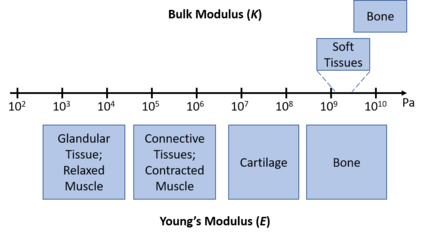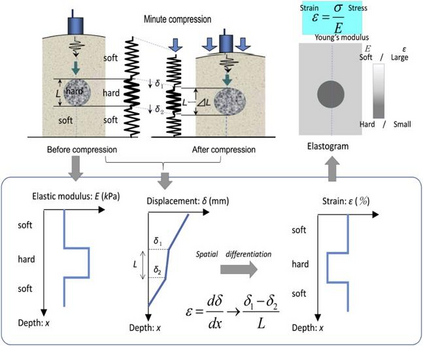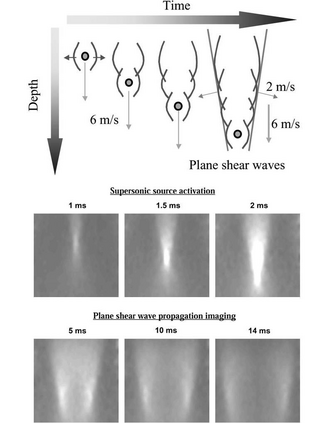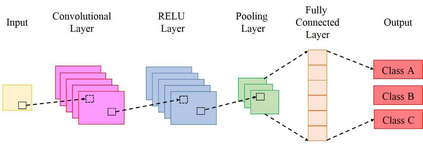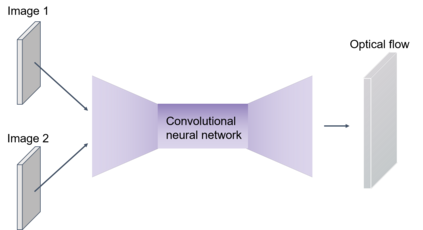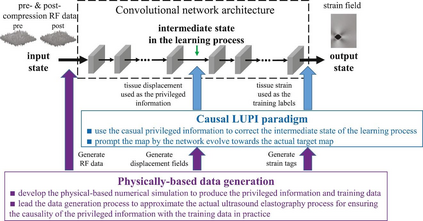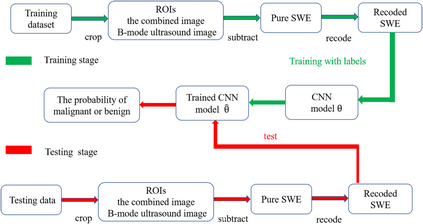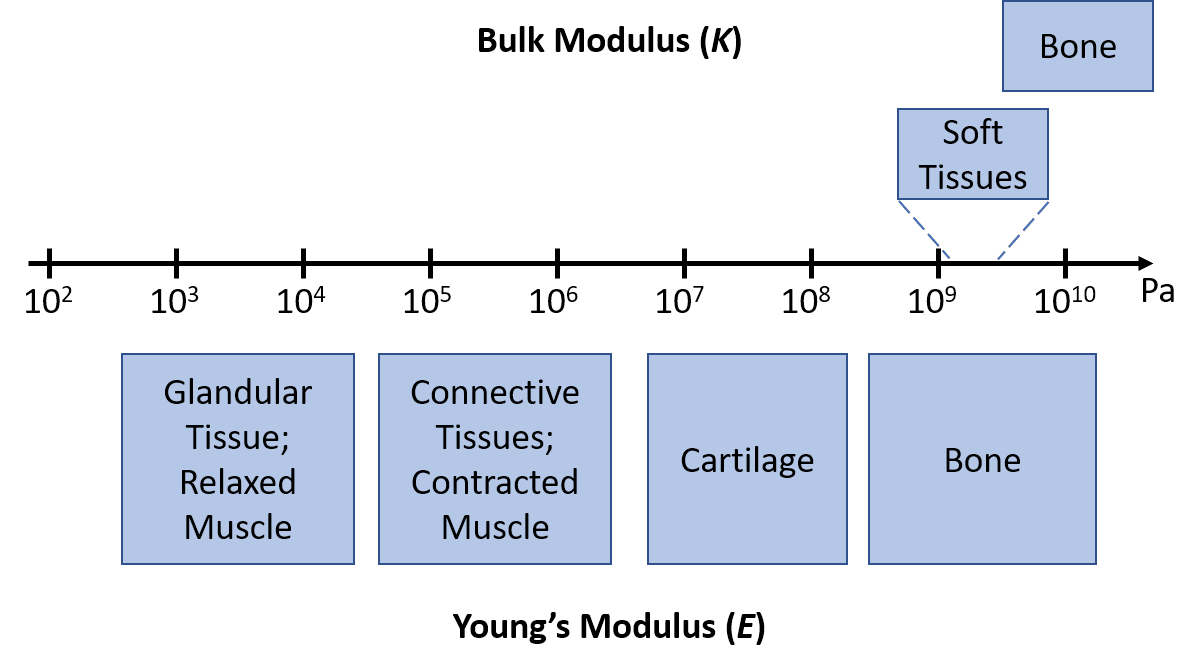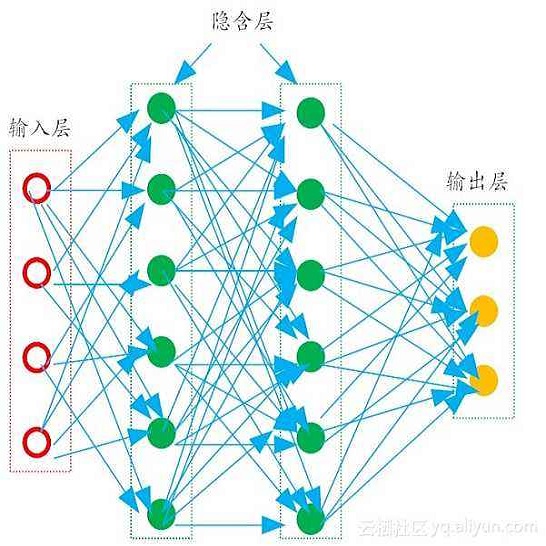It is known that changes in the mechanical properties of tissues are associated with the onset and progression of certain diseases. Ultrasound elastography is a technique to characterize tissue stiffness using ultrasound imaging either by measuring tissue strain using quasi-static elastography or natural organ pulsation elastography, or by tracing a propagated shear wave induced by a source or a natural vibration using dynamic elastography. In recent years, deep learning has begun to emerge in ultrasound elastography research. In this review, several common deep learning frameworks in the computer vision community, such as multilayer perceptron, convolutional neural network, and recurrent neural network are described. Then, recent advances in ultrasound elastography using such deep learning techniques are revisited in terms of algorithm development and clinical diagnosis. Finally, the current challenges and future developments of deep learning in ultrasound elastography are prospected.
翻译:众所周知,组织机械特性的变化与某些疾病的发病和蔓延有关,超声波反射法是一种技术,通过超声成像来测量组织僵硬性,方法有:使用准静脉动或自然器官脉动反射法测量组织菌株,或利用动态反射法追踪源或自然振动引起的传动剪切波;近年来,超声波反射法研究中已开始出现深层次的学习;在本次审查中,对计算机视觉界的一些共同深层学习框架进行了描述,例如多层透视、电动神经网络和经常神经网络;随后,从算法发展和临床诊断的角度对使用这种深层学习技术的超声波摄影的最新进展进行了重新审视;最后,还展望了目前超声震法深学习的挑战和未来的发展。

